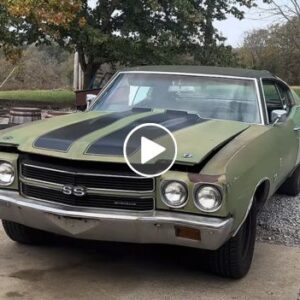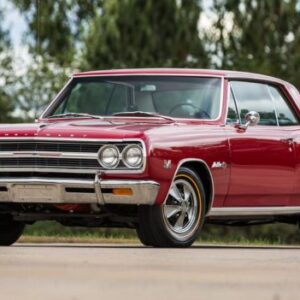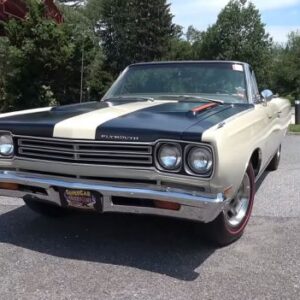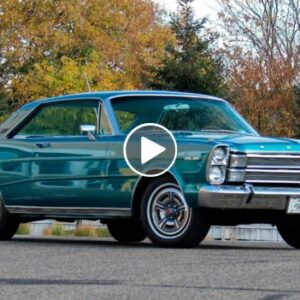When we talk about high-performance V-8 engines, American carmakers are, typically, the first to come to mind. While this engine layout is almost synonymous with American Muscle cars, there are plenty of non-American companies that utilize V-8 power for their own performance gains. Some European car manufacturers feature V-8 engines as long as their American counterparts while others borrow readily-available, proven V-8 power, straight from American companies.
Like any engine layout, the V-8 comes with its fair share of pros and cons. A V-8 engine can have a higher weight and depending on the V-angle, a higher center of gravity than, let’s say a flat-six. Larger-displacement engines can also be a tight fit in some engine bays and tend to have more rotational inertia, but the performance benefits, often, make up for that. But if you think only American performance cars can pack mighty V-8 power, the Europeans have been playing this game for just as long. Here are 10 non-American classic sports cars with V-8 engines, you need to drive.
10 Jensen CV8
Top Speed: 132-140 MPH
Red Jensen CV8
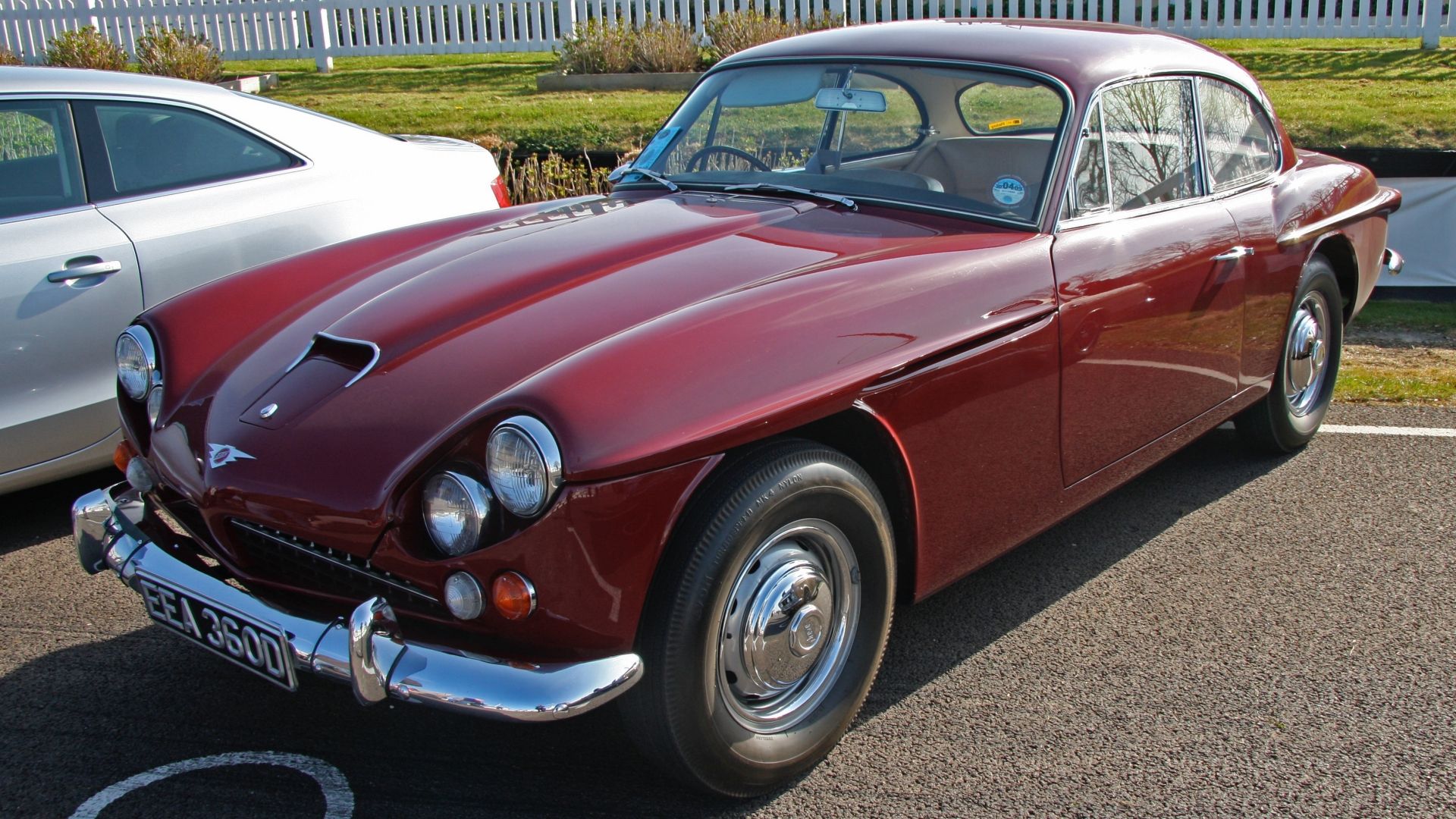
Everybody has heard of the Jensen Interceptor – a British grand tourer that served as the basis for the all-wheel-drive Jensen FF. Before that came about, there was the Jensen CV8 – a much sleeker grand tourer that also benefited from an American V-8. The British GT was meant to be a competitor to the Ferrari 275 GTB, and frankly, it wasn’t as British as you may think.
1962 Jensen CV8 Specs
The 361 and 383 cubic-inch V-8 powerplants came from Chrysler as did the transmissions, while the body was styled by the Italian craftsmen at Carrozzeria Touring. Between 1962 and 1966, a total of 499 copies of the Jensen CV8 were built.
9 DeTomaso Pantera
Top Speed: 149-174 MPH
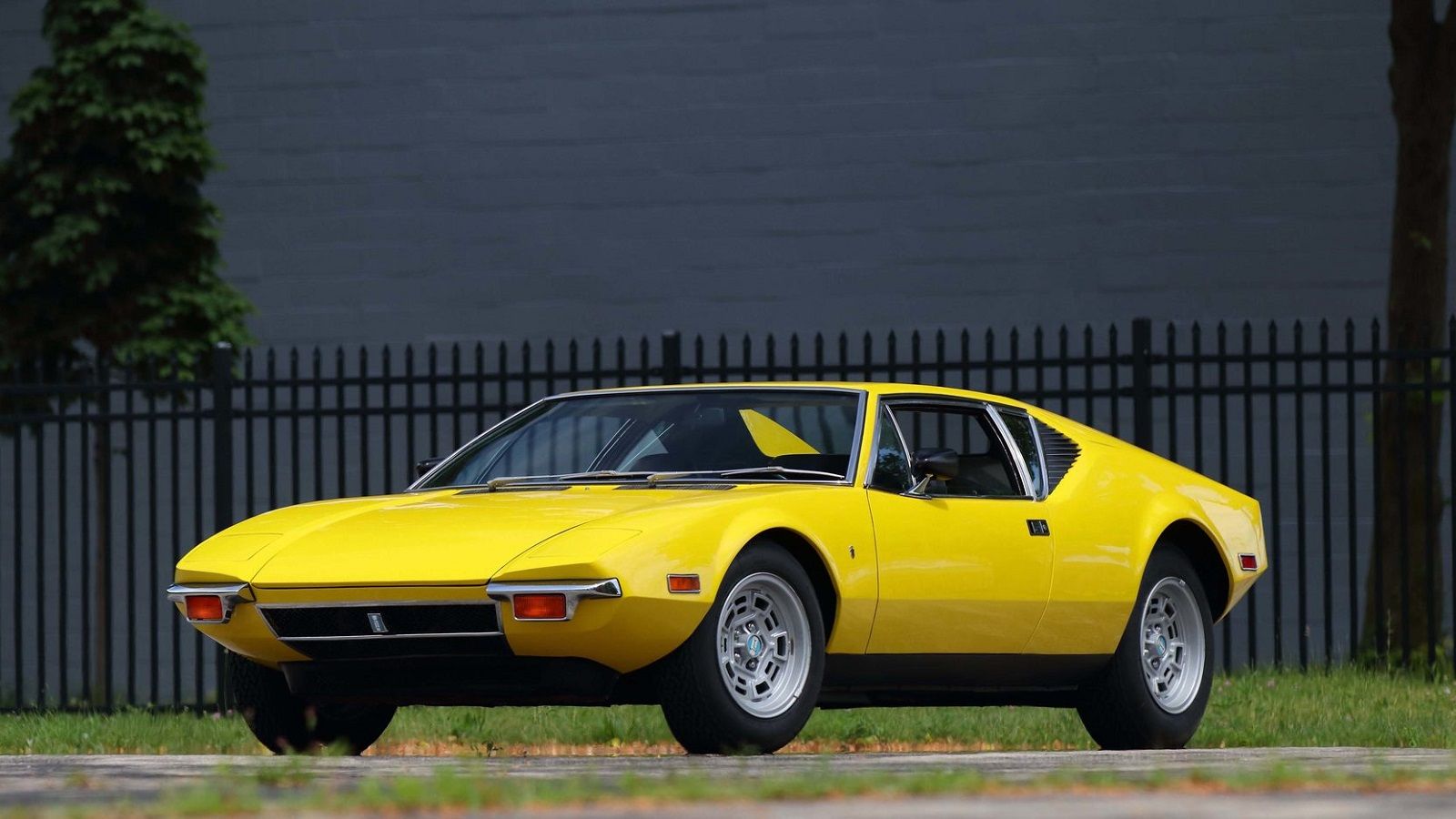
A parked 1971 DeTomaso Pantera
An Italian sports car with an American V-8 was never a popular combination, but between 1970 and 1991, it worked surprisingly well. Alejandro DeTomaso worked closely with Ford to develop and sell the car. At the time, Ford partially owned the Italian carmaker, and the DeTomaso Pantera was sold through Ford’s Lincoln Mercury dealerships. In fact, Ford’s dealerships were accountable for more than three-quarters of the Panteras sold.
1970 DeTomaso Pantera Specs
The Pantera was, by no means, a perfect car. The build quality was inconsistent and electric gremlins, and cooling issues were very frequent. Nevertheless, the Pantera was a thrill to drive thanks to the 351 Cleveland V-8, pumping out as much as 330 horsepower. Some later variants were powered by a Ford 302 Small block.
8 Monteverdi High Performance 375
Top Speed: 155-158 MPH
Ferrucio Lamborghini and Henry “The Deuce” Ford were not the only people Enzo Ferrari pissed off. Peter Monteverdi’s fortune came from developing his father’s automotive repair business into a dealership for Ferrari, BMW, and Lancia models. In 1967, the Swiss entrepreneur founded his own brand. Monteverdi, as a car company, was short-lived, but it still stuck around long enough to produce, an exquisite, American V-8-powered grand tourer, dubbed the Monteverdi High Speed.
1969 Monteverdi High-Speed Specs
The car lived up to its name thanks to a Chrysler 440 V-8 and later, a 426 Hemi. The automatic transmission also came from Chrysler while the manual was a ZF unit. Design-wise, the Monverdi High Speed resembled a mix of Maserati Ghibli and Aston Martin DBS V-8, although the Fissore version featured a Ferrari 330 GTC-like front end. There was also a 2+2 version called the High Speed 375/4.
7 Aston Martin V-8
Top Speed: 158 MPH
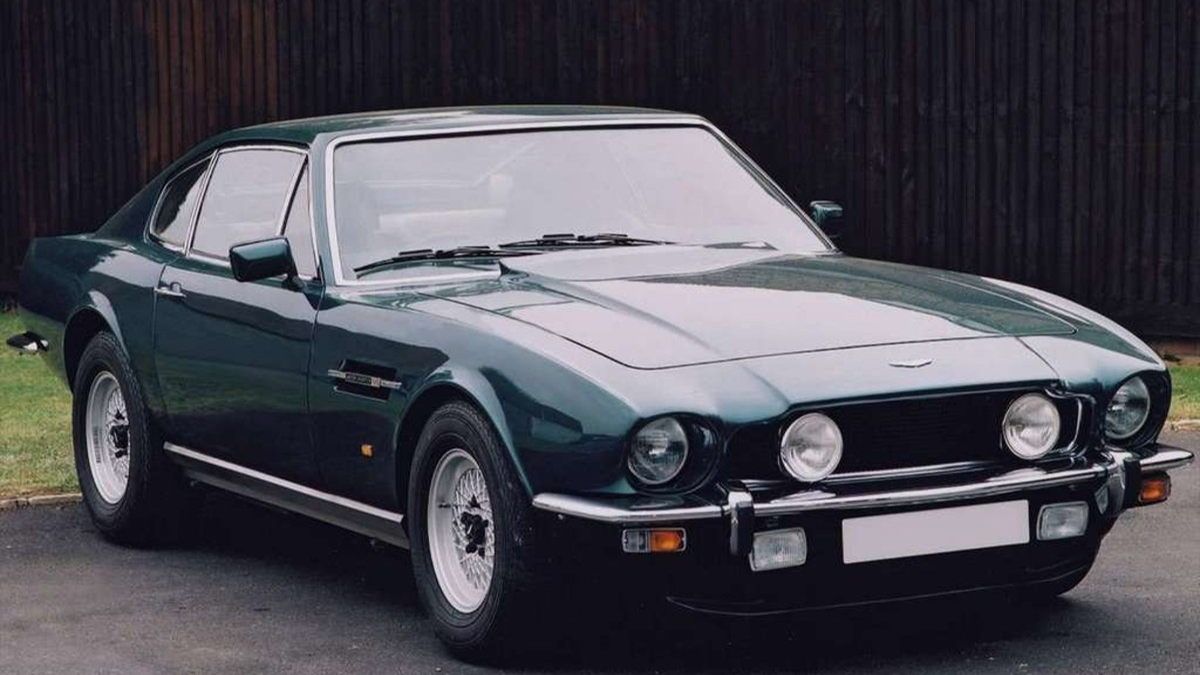
Grey 1977 Aston Martin V8 Vantage
Aston Martin is on its way to releasing its first EV model, and its most iconic dinosaur-burning engine will, likely, be the old, naturally-aspirated V-12. Before the British carmaker switched to AMG for its V-8s, however, there was a Polish engineer named Tadeusz “Tadek” Marek who developed a V-8 engine for Aston Martin’s sporty grand tourers. This resulted in a series of cars, under the Aston Martin V-8 moniker, produced between 1969 and 1989, including the DBS and the V-8 Vantage.
1970 Aston Martin DBS V-8 Specs
Early versions of the 5.3-liter V-8 were not officially rated, but power was estimated to be around 315 horsepower. In the 1970 Aston Martin DBS V-8, the engine produced up to 375 horsepower, turning it into a British Gentleman’s Muscle car, and one of the fastest cars in the 1970s.
6 TVR Griffith 400
Top Speed: 160 MPH
Britain is known for its nimble, lightweight sports cars. When it comes to British lightness and V-8 power, the TVR Griffith 400 is one of the most underrated classic sports cars. Produced between 1964 and 1967, the TVR Griffith 400 is an evolution of the Griffith 200, which was made to compete with the AC Cobra. Like the American model (with British roots), the Griffith 200 and 400 were motivated by Ford’s 289 HiPo V-8.
1964 TVR Griffith 400 Specs
The 400 brought improved engine cooling, redesigned rear suspension, and better rear visibility. The Griffith 400 also upgraded to a larger, Sailsbury differential – the same one used in the AC Cobra and Jaguar E-Type – with higher gear ratios, resulting in a higher top speed. In true TVR fashion, the car was very lightweight, pushing just 2,127 pounds (965 kg)), making it about 200 pounds lighter than the 289 Cobra.
5 Lamborghini Jalpa
Top Speed: 162 MPH

Lamborghini Jalpa sportscar front view
In 1981, Lamborghini decided it needs its first, entry-level model. While the Countach was the V-12 flagship, the Jalpa was meant to be the brand’s “baby Lambo”. This was the first V-8-powered Lamborghini and would remain so until the Audi RSQ8-based Urus SUV came out. Giulio Alfieri at Bertone was responsible for designing Lamborghini’s entry-level, mid-engine sports car. The Jalpa was, actually, an evolution of the 1976 Lamborghini Silhouette, in the same way, the Lamborghini 400 GT was an evolution of the 350 GT – Lamborghini’s first car.
1981 Lamborghini Jalpa Specs
While ergonomics were still not great, the Jalpa was much easier to live with than the Countach. In a sense, the Jalpa is to Lamborghini what the Boxster is for Porsche, as it gave you some of the Countach’s thrills for a lot less money.
4 Porsche 928 GTS
Top Speed: 171 MPH

blue 1990 Porsche 928 S4 front 3/4
In 1977, Porsche considered the unthinkable – replacing the rear-engine Porsche 911 with a model featuring the more conventional, FR layout. The 928 was that car and while it didn’t replace the 911, it was produced alongside it for 18 years, until 1995. It’s in the last years we got the 928 GTS, which was the most powerful version of Porsche’s sporty grand tourer. The 928 featured unique styling, with its most noticeable element being the pop-up headlights, resembling frog eyes.
1977 Porsche 928 Specs
At the same time, the large quarter windows provided great visibility while Porsche’s superb build quality ensures the 928 will stand the test of time. If you are lucky enough to find a GTS example with the rare, dog-leg manual transmission, you will experience the 928 at its best. Unfortunately, only 10 to 15 percent of all 928s are manual.
3 Maserati Ghibli
Top Speed: 174 MPH
If you wanted a fast Italian Gran Turismo in the 1960s and 1970s that came from a legacy carmaker and featured a powerful V-8, the Maserati Ghibli was your only choice. While Ferrari and Lamborghini put their chips on V-12 engines, Maserati kept things simpler with the AM115 V-8 engine.
1967 Maserati Ghibli/ Ghibli SS Specs
While not as high-strung as the Ferrari 365 Daytona’s Colombo V-12, the Ghibli offered similar performance in a slightly more toned-down package that was a bit more focused on comfort. This was the era of long bonnets and fastback-style, short rear decks, and the Ghibli had it all thanks to a body designed by Giorgeto Giugiaro at Ghia.
2 Bizzarrini 5300 GT Strada
Top Speed: 174 MPH
Giotto Bizzarrini is a man with an impressive resume. He was Ferrari’s head engineer for a long time until Ferruccio Lamborghini “stole” him from Enzo Ferrari. Between working for two of the biggest sports car manufacturers in the world, the Italian designer managed to fulfill his dream of making his own sports car. The car was extremely aerodynamic and lightweight, tipping the scales at just 2,646 pounds (1,200 kg). Moreover, the drag coefficient was believed to be less than 0.3, making the Bizzarrini 5300 GT very aerodynamic for the time.
1963 Bizzarrini 5300 GT Strada Specs
The 5300 Strada shared the unibody chassis of the Iso Grifo. The “5300” in the name comes from the engine displacement (in cc) of the 327 Chevy Small-block, which sat entirely behind the front axle. Between 1964 and 1968, just 133 units were produced. Some of the cars produced in the later years received a 427 cubic-inch Big-block Chevy V-8.
1 Ferrari F40
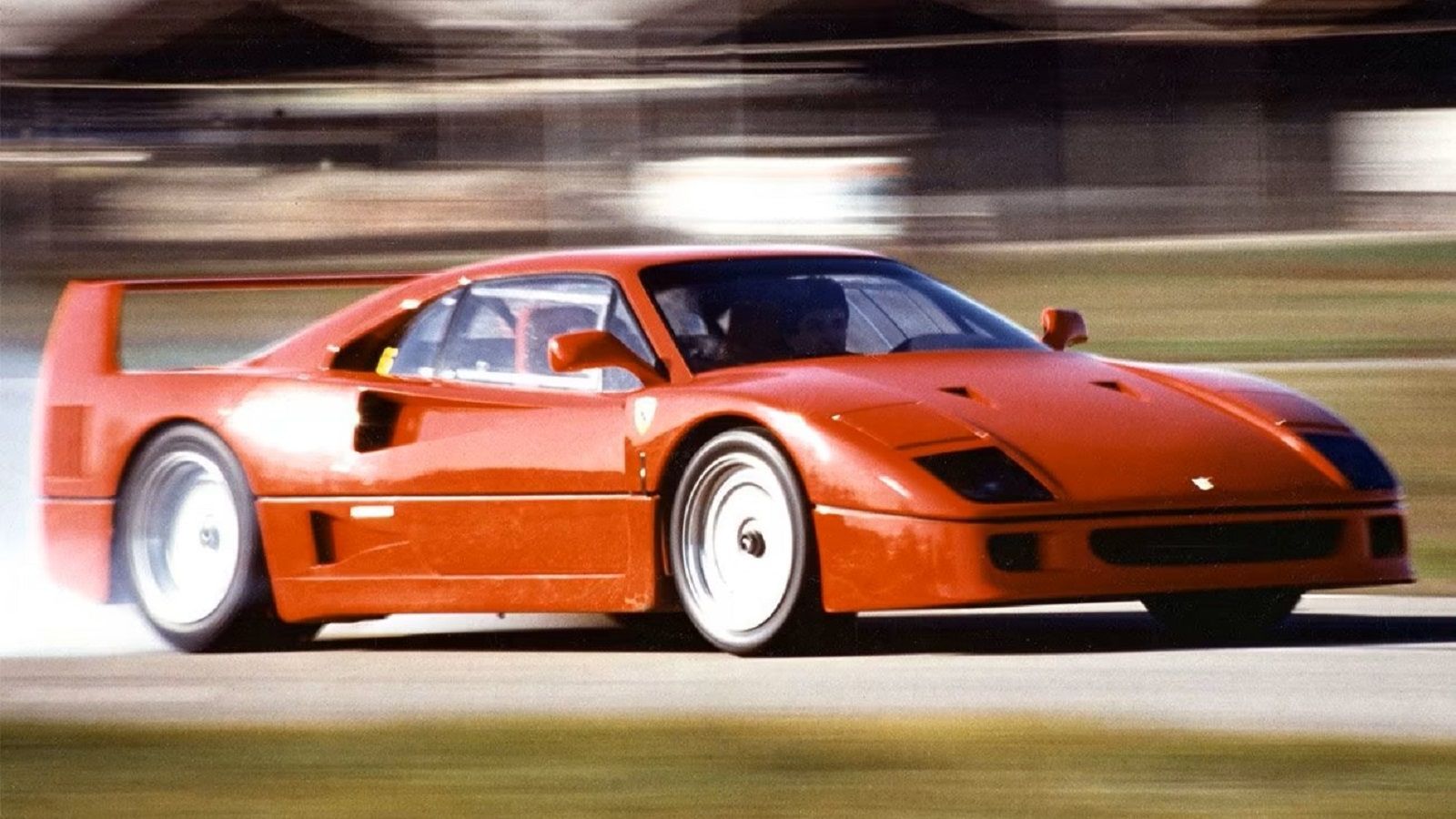
Top Speed: 201 MPH
A moving 1987 Ferrari F40
The Ferrari F40 is one of the ultimate supercars and an all-time, Italian classic for a number of reasons. It was built purely for speed and resulted in one of Enzo Ferrari’s most iconic phrases: The F40 is the last Ferrari built under the guise of the Commendatore, and was briefly, the fastest production car in the world, unless we count the RUF CTR “Yellowbird”.
1987 Ferrari F40 Specs
The F40 is minimalist and lightweight, tipping the scales at just 2,765 pounds (1,256 kg). This is a true racecar for the road as it was built upon the bones of the Ferrari 288 GTO Evoluzione – a car that was meant to compete in Group B rallying
